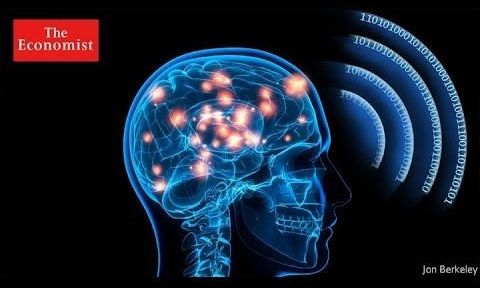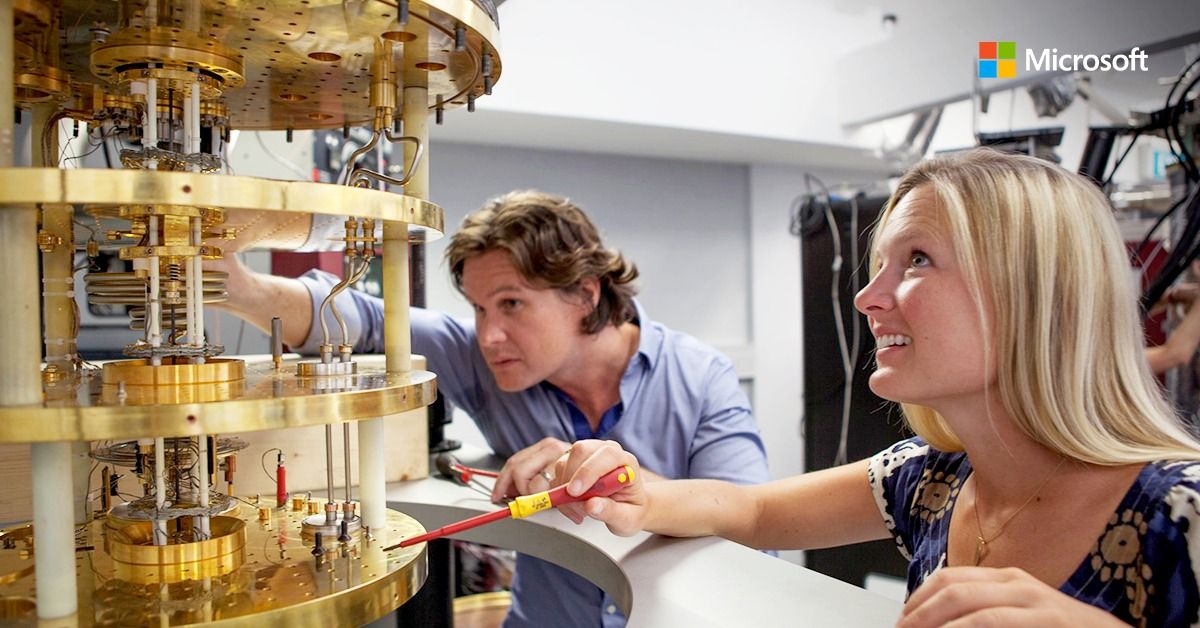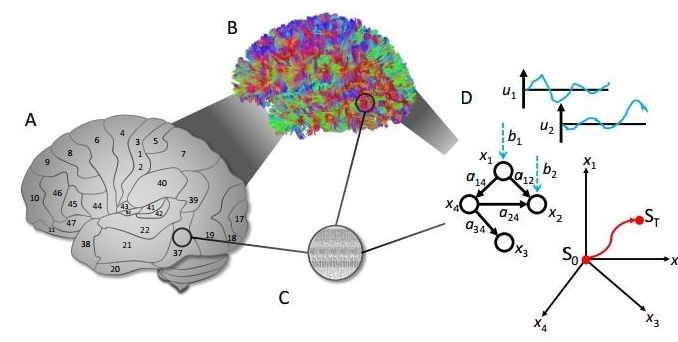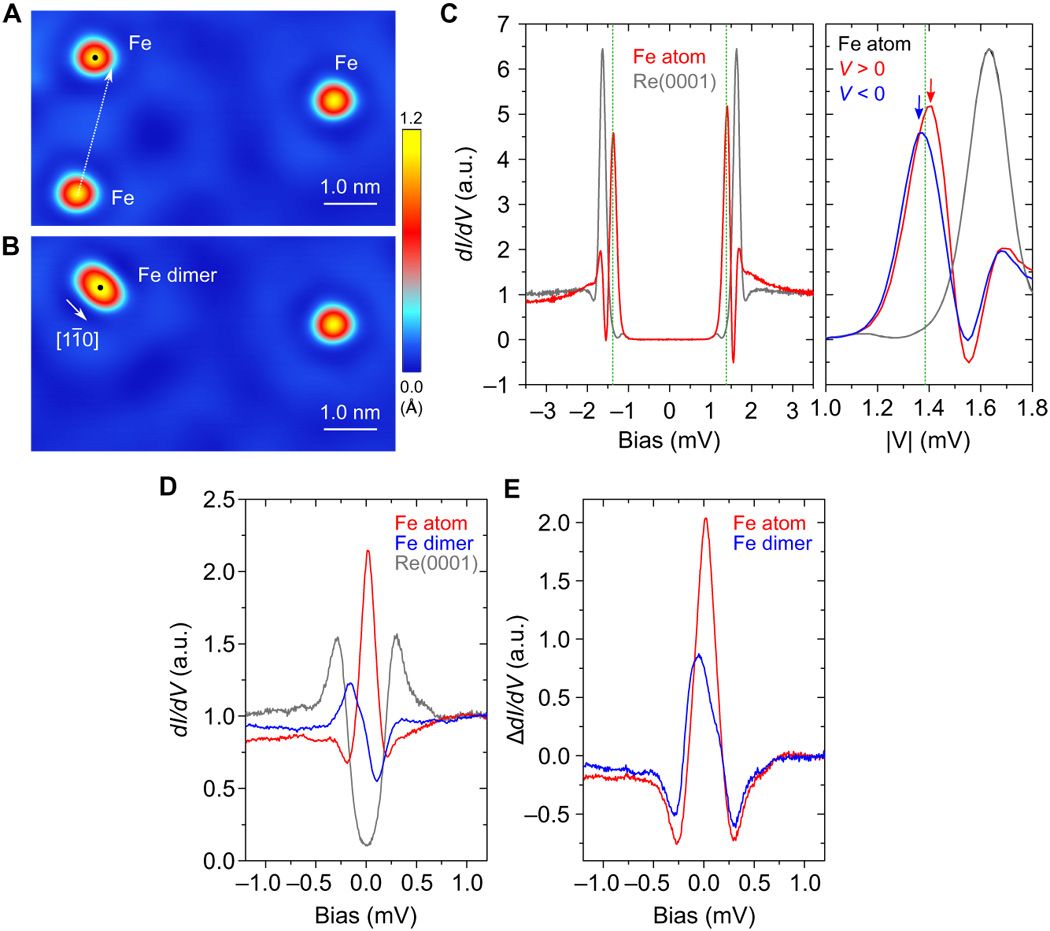Efforts to connect human brains to computers have taken big leaps forward in recent years. Melding our minds with machines could provide the biggest single upgrade to human intelligence since our species evolved. But are we ready?
Click here to subscribe to The Economist on YouTube: https://econ.st/2Fzn4ON
Daily Watch: mind-stretching short films throughout the working week.
For more from Economist Films visit: https://econ.st/2Fzez6w
Check out The Economist’s full video catalogue: http://econ.st/20IehQk
Like The Economist on Facebook: https://econ.st/2FBxRIp
Follow The Economist on Twitter: https://econ.st/2FBdYRC
Follow us on Instagram: https://econ.st/2FCDEgK
Follow us on Medium: https://econ.st/2FByz8v









